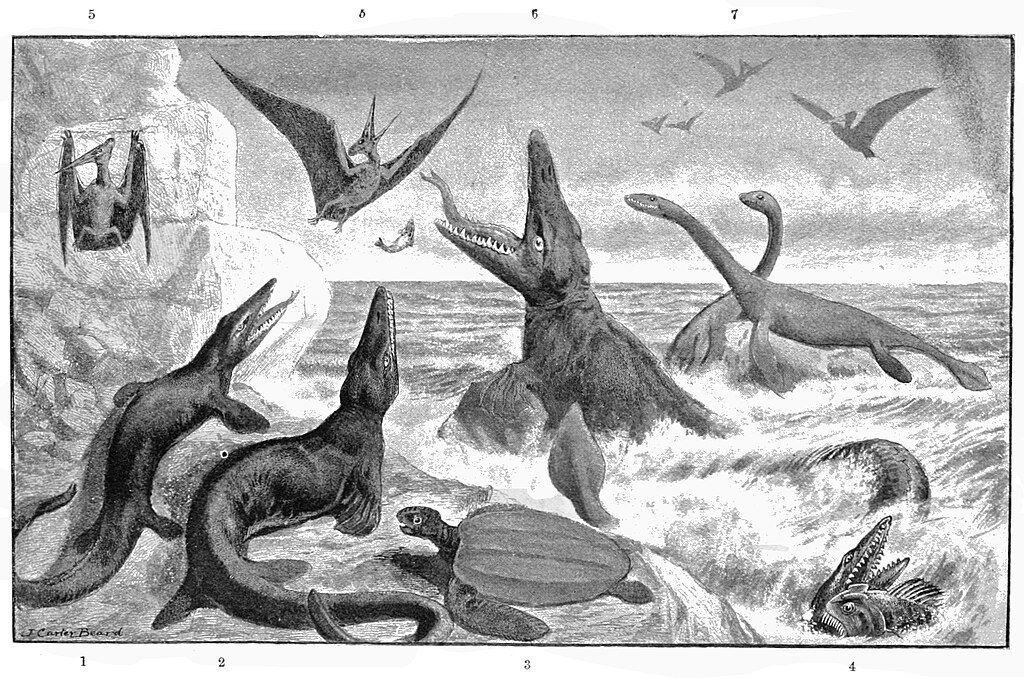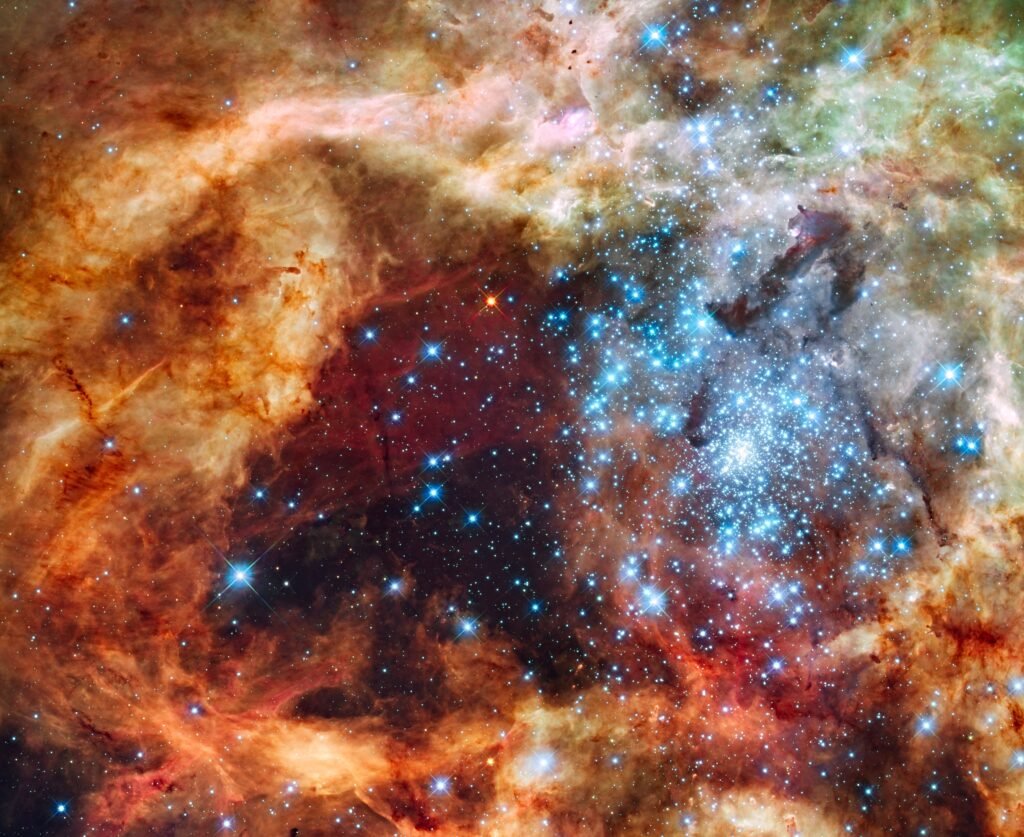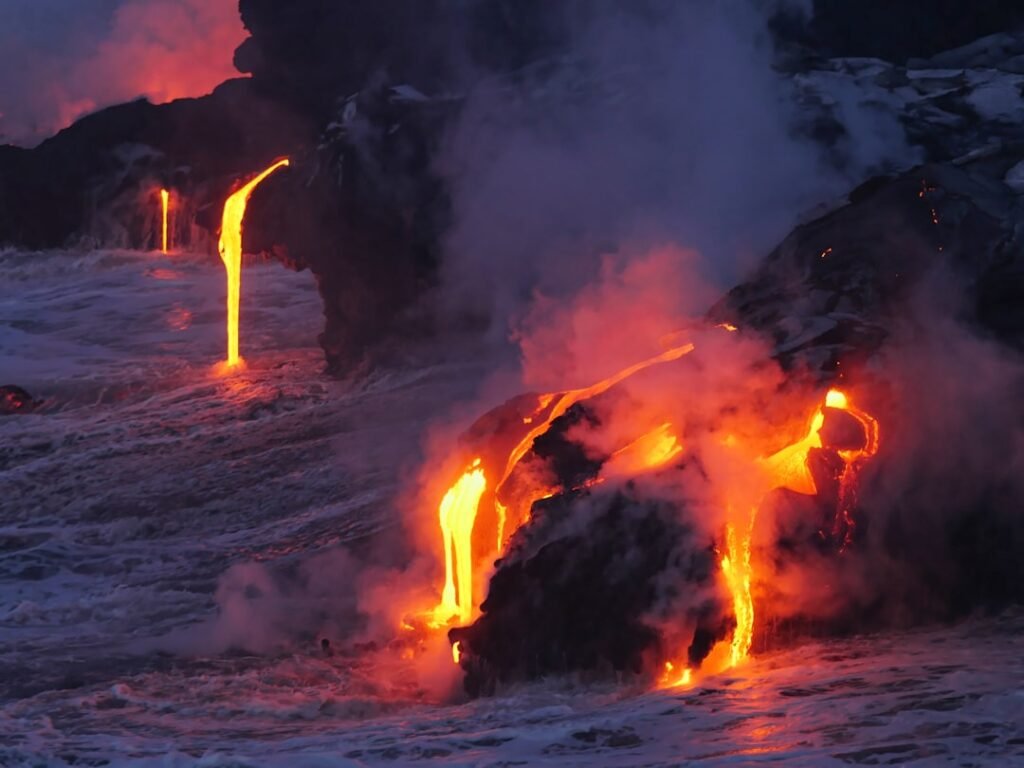In the vast and mysterious depths of prehistoric oceans, colossal creatures once ruled the waters. These marine giants, such as the Mosasaurus and Ichthyosaur, were not only fascinating predators but also key players in the ancient marine ecosystem. Their fossils provide a glimpse into a world vastly different from our own.
The Mosasaurus: Apex Predator of the Cretaceous Seas
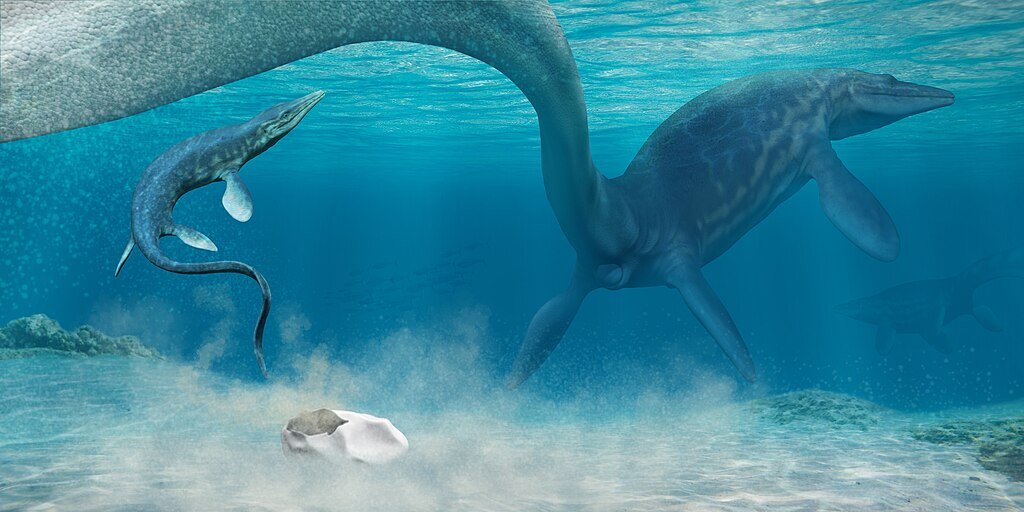
Dominating the oceans during the Cretaceous period, the Mosasaurus was a formidable predator. This marine reptile, closely related to modern monitor lizards, measured up to 18 meters (fifty-nine feet). Armed with sharp teeth, a powerful tail, and a streamlined body, it was perfectly equipped to hunt a variety of prey, including sharks, turtles, and even other Mosasaurs. The Mosasaurus ruled the Cretaceous seas with unmatched ferocity, solidifying its place as one of the apex predators of its era. Its fossils, often found in Europe and North America, continue to shed light on its anatomy and hunting strategies.
Ichthyosaurus: The Dolphins of the Triassic Era
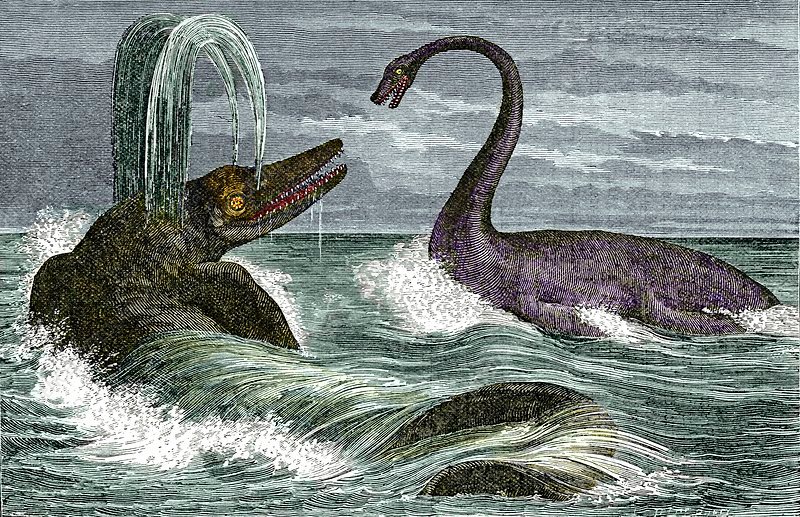
Often compared to modern dolphins due to their streamlined bodies and agility, ichthyosaurs thrived in prehistoric oceans millions of years before whales existed. These reptiles, which could grow up to 15 meters (fifty feet) in length, were highly adapted to life in water, with long snouts and strong, paddle-like fins. Remarkable fossil discoveries in regions like the Swiss Alps have uncovered previously unknown species of ichthyosaurs, shedding new light on their diversity and ecological roles. These findings emphasize their adaptability and highlight their role in shaping early marine ecosystems.
The Role of Marine Giants in Ecosystems
Ancient marine giants like Mosasaurs and Ichthyosaurs played a critical role in maintaining their ecosystems. As apex predators, they controlled prey populations, ensuring ecological balance. Their interactions with one other species also drove evolutionary adaptations, contributing to the biodiversity of their environments. The extinction of these creatures marked a significant turning point in marine evolution, paving the way for modern marine species to rise.
Conclusion
The study of ancient marine giants offers not only a glimpse into the fascinating world of prehistoric oceans but also vital insights into evolution and biodiversity. As paleontologists continue to unearth fossils and analyze them, the puzzle pieces of Earth’s ancient oceans fall into place. Each discovery takes us one step closer to fully understanding the dynamic ecosystems of our planet’s past.
Source:


